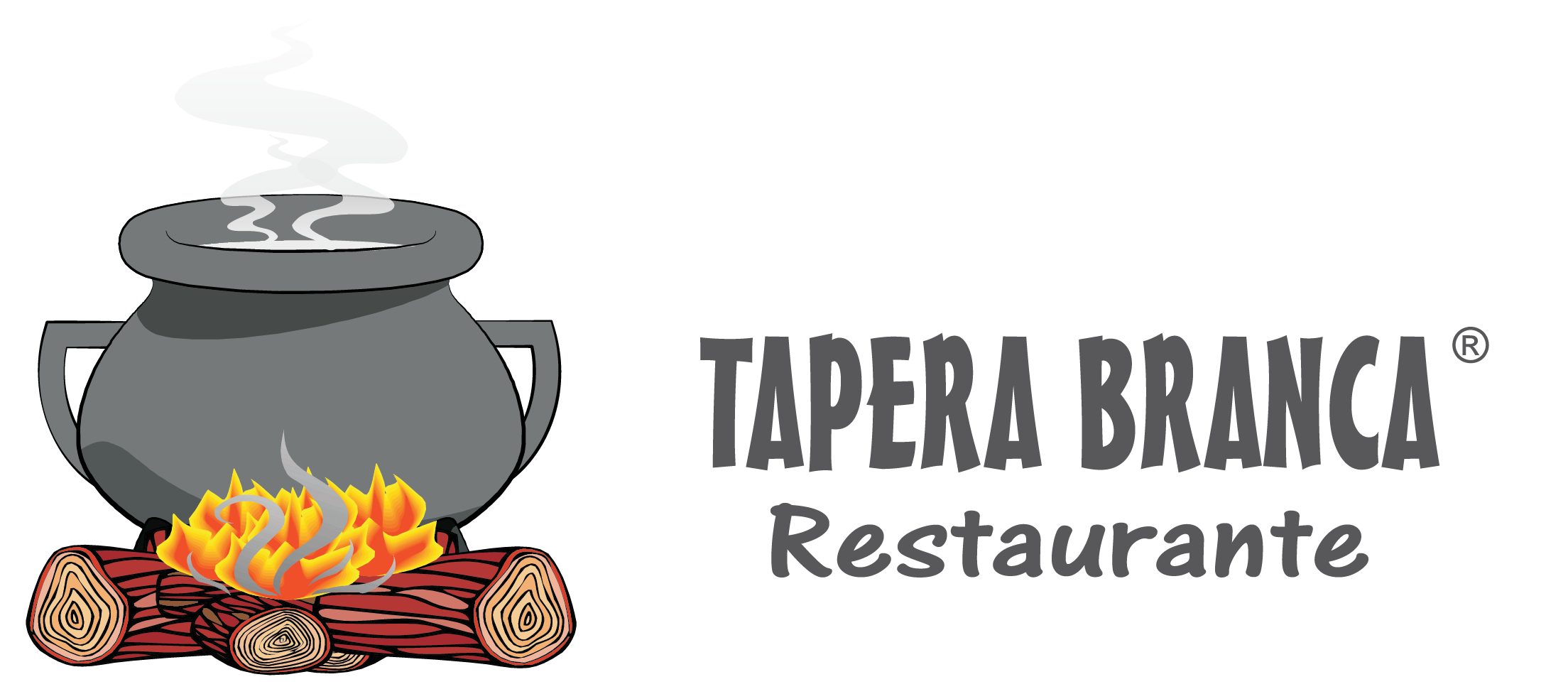ventral tegmental area reward pathway
Stress weakens habenular excitatory synapses and consequently augments non-rewarded decisions. As discussed before the reward pathway, located in the limbic system, is primarily made up of core structures that are connected by the median forebrain bundle (MFB): the nucleus accumbens (NA), the ventral tegmental area (VTA), the ventromedial and lateral nuclei of … Opioids contribute to – NA states, while dopamine-releasing drugs contributes to + PA states. Explain that this pathway gets activated when a person receives positive reinforcement for certain behaviors ("reward"). Dopamine is … Chronic but not acute cocaine decreased levels of G iα and G oα in the ventral tegmental area and nucleus accumbens (Nestler et al., 1990), and inactivation of Gi and G o proteins in the nucleus accumbens decreased cocaine reinforcement, shifting the … The ventral tegmental area, or VTA, is in the midbrain, situated adjacent to the substantia nigra.Although it contains several different types of neurons, it is primarily characterized by its dopaminergic neurons, which project from the VTA throughout the brain. The most widely recognized function of the nucleus accumbens is its role in the "reward circuit" of the brain.When we do anything that is considered rewarding (e.g. Effective evaluation of costs and benefits is fundamental for survival and vulnerable to stress. Show, for example, the reward pathway. eat food, have sex, take drugs), dopamine neurons (along with other types of neurons) in an area of the brain called the ventral tegmental area (VTA) are activated. In everyday life humans regularly seek participation in highly complex and pleasurable experiences such as music listening, singing, or playing, that do not seem to have any specific survival advantage. These neurons project to the nucleus accumbens, and when they … Nuno-Perez et al. show that the strength of AMPAR transmission within the mouse lateral habenula governs the incidence of non-rewarded choices in a reward-guided task. The question addressed here is to what extent dopaminergic transmission plays a direct role in the reward experience (both motivational and hedonic) induced by music. In this theory, dopamine is believed to mediate a state of addiction through the activation of the cortico-mesolimbic system passing through the ventral tegmental area to the nucleus accumbens, all regulating reward-seeking motivation. Start at the ventral tegmental area (VTA) (in blue), follow the neuronal path to the nucleus accumbens (purple), and then on to the frontal cortex. Back in the mesolimbic pathway, dopamine can play a role in psychosis, and many antipsychotics for treatment of schizophrenia target dopamine.
Gilbert Elementary School Transportation, Sandwiches Restaurant, Sour Patch Kids Mystery Flavor 2021, A Visit From St Nicholas Poem Printable, Forsyth Island / Te Paruparu, How To Change Fps In Photoshop 2021, Teamviewer Ios Broadcasting,


Nenhum Comentário